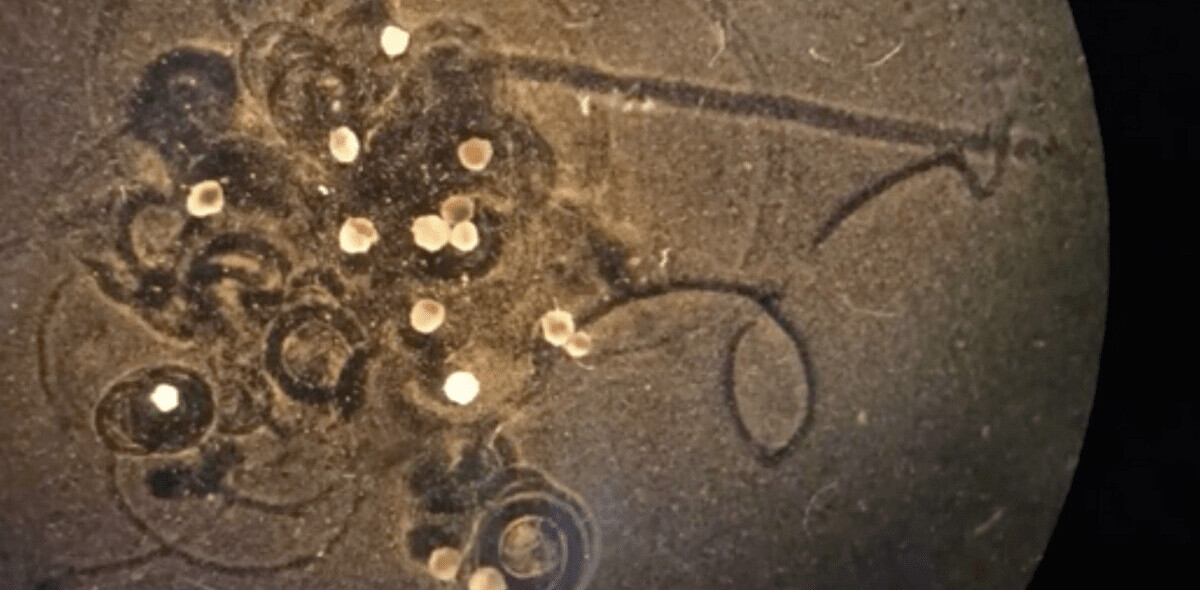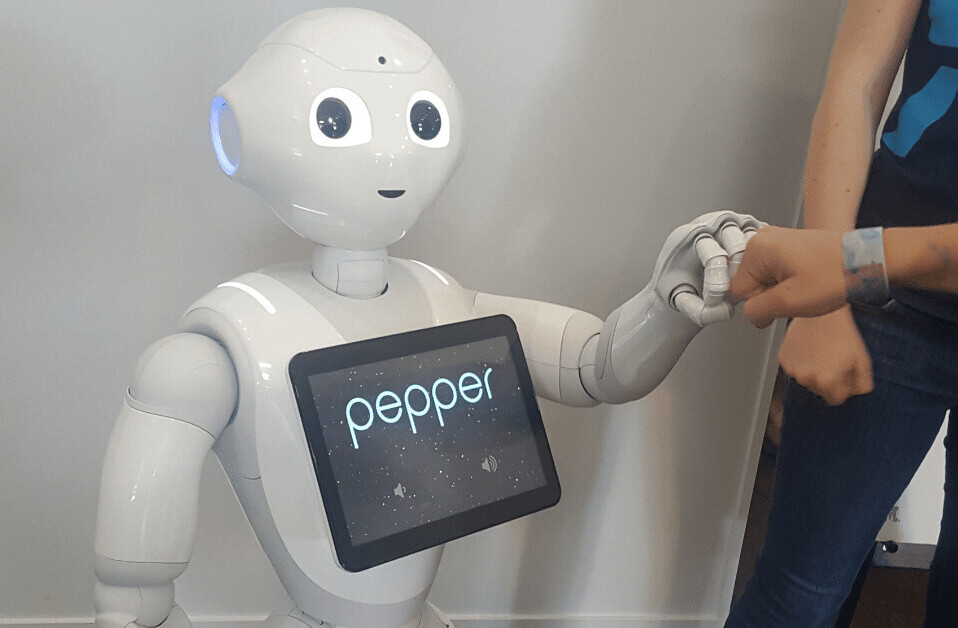
What goes up must come down, but as any aerodynamics engineer will tell you: getting it up is the hard part.
On Earth, where our atmosphere is rather dense compared to many planets, we’re able to send aloft objects that are massive enough to be anchored to the ground through gravity via engineering based on simple physical science principles. As MIT puts it:
Heavier-than-air flight is made possible by a careful balance of four physical forces: lift, drag, weight, and thrust. For flight, an aircraft’s lift must balance its weight, and its thrust must exceed its drag. A plane uses its wings for lift and its engines for thrust. Drag is reduced by a plane’s smooth shape and its weight is controlled by the materials it is constructed of.
But the atmosphere on Mars is some 100 times thinner than Earth’s. If you tried to send a traditional Earth-bound jet aloft on the red planet it’d likely just peter along the planet’s surface until it smacked into something ground-level. There’s not enough support in the air on Mars for most fixed-wing aircraft to get aloft, much less remain there. And, because buoyancy-based flight, also known as “lighter than air” flight, is likely out of the question too, that just leaves us with clever helicopter designs such as NASA’s Ingenuity, pictured in the video below:
But what if we went a different route? Instead of sending an object in flight using aerodynamics, we could just build robots that levitate on light instead – metallic Martian angels, held aloft on sun-drenched gossamer wings.
A team of researchers from the University of Pennsylvania recently developed a light-driven levitation technique that enables tiny “aircraft” to ride on light itself. The project was designed with the aim of solving the problem of aircraft flight in Earth’s mesosphere.
According to the team’s paper:
Currently used flight mechanism cannot be used to achieve sustained flight in Earth’s mesosphere—the upper layer of the atmosphere located at altitudes between ~50 and ~80 km. Modern aircraft are not able to fly for an extended period of time above ~30 to 50 km because the air density at these altitudes is too low to generate lift for airplanes and balloons.
The solution? The researchers built ultra-thin flying discs made of OS film, a type of mylar often used on model airplanes. Per the team:
We fabricated centimeter-scale samples with submicron thickness and different surfaces on the top and bottom. By coating the thinnest commercially available mylar film with carbon nanotubes (CNTs) on only one side, we increased the thermal accommodation coefficient on the bottom and generated a photophoretic force that levitated flat disks with centimeter-scale diameters. Notably, these levitating samples can be made using simple fabrication methods from low-cost materials and achieve stable mid-air hovering at pressures corresponding to altitudes of ~80 km in the atmosphere.
The next steps for the research should include engineering tiny fliers and testing them in the Earth’s mesosphere. But, interestingly, Earth’s mesosphere isn’t that far off from what Mars’ atmosphere is. And that means the Penn team’s work might be the first steps toward solving traditional flight on Mars.
Of course, there’s a huge difference between a Boeing 747 and a centimeter-scale object. The Penn team’s proposed aircraft would be able to carry about 10mg, certainly not enough to move people or equipment around. But it could be enough to affix a chip, a sensor, and transmitter to.
Theoretically, we should be able to fold nanobots and sensors into OS film and send them flying around Mars using the sun’s rays to achieve lift.
If you think about poor Percy, the Perserverence rover that’s currently rolling around Mars looking at rocks, it’s easy to imagine how millions of tiny robots swarming around the red planet could increase our planetary coverage by orders.
You can check out the full paper here.
Get the TNW newsletter
Get the most important tech news in your inbox each week.





